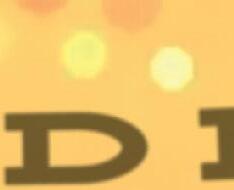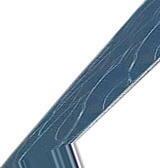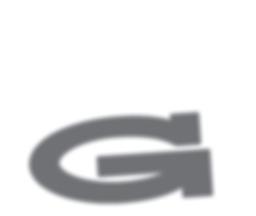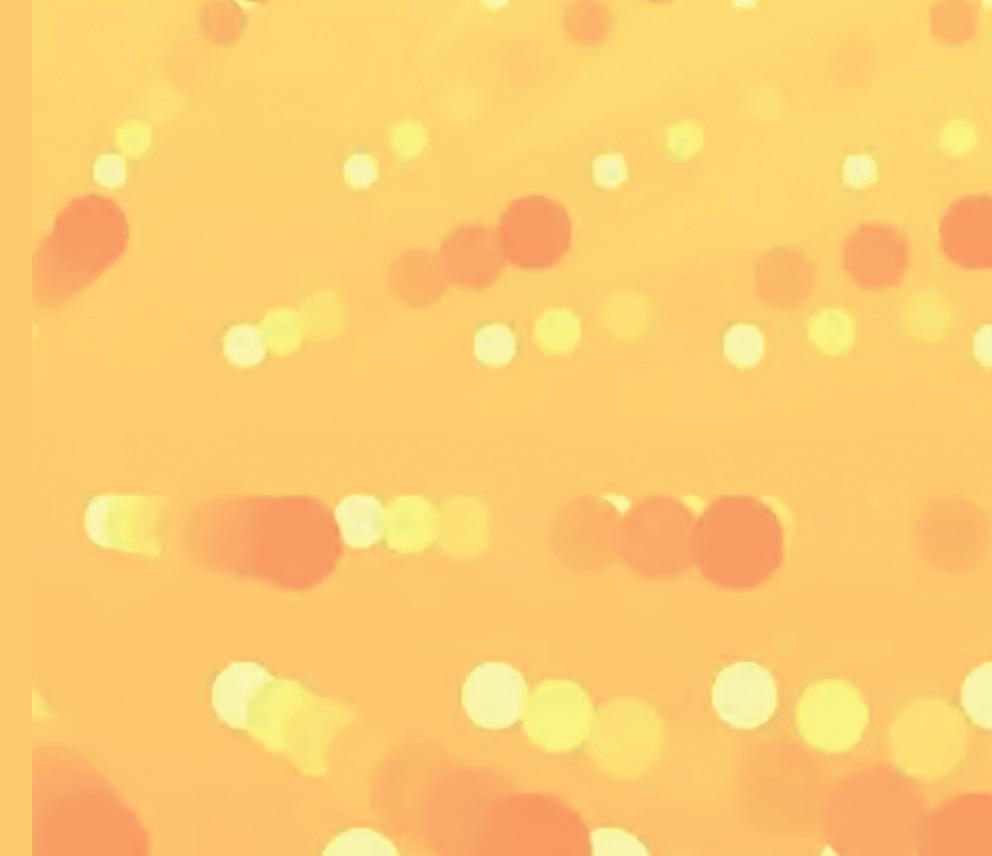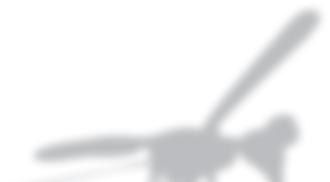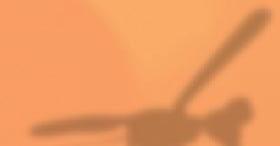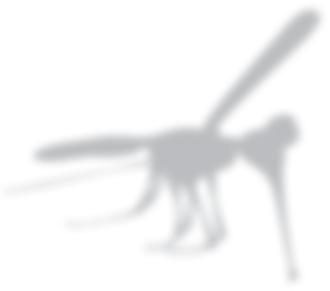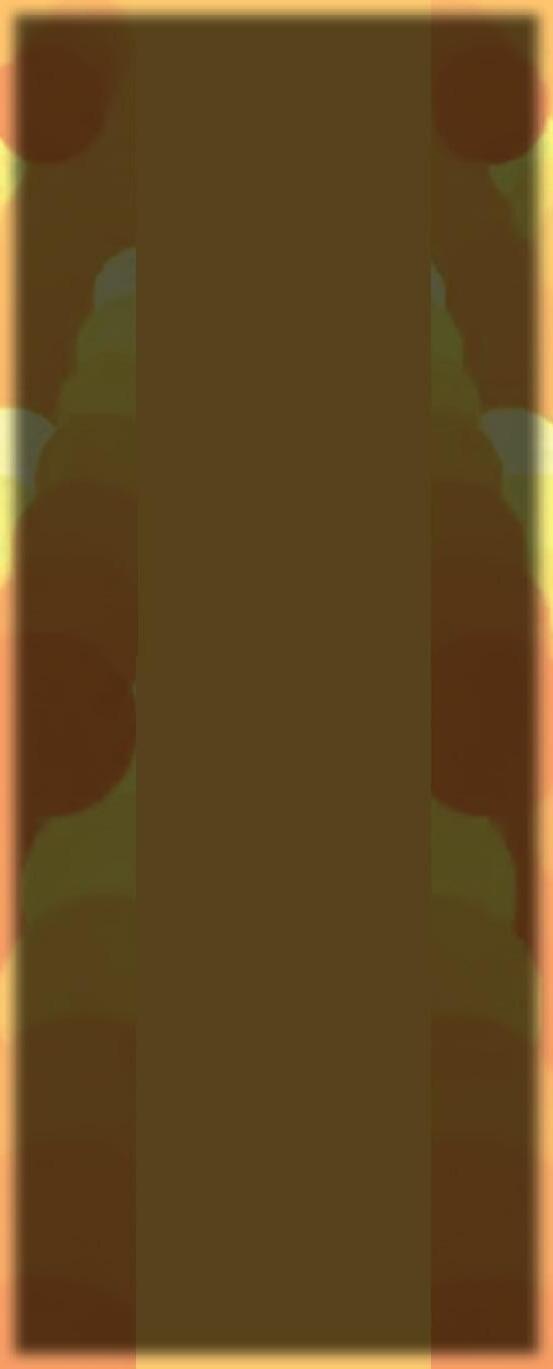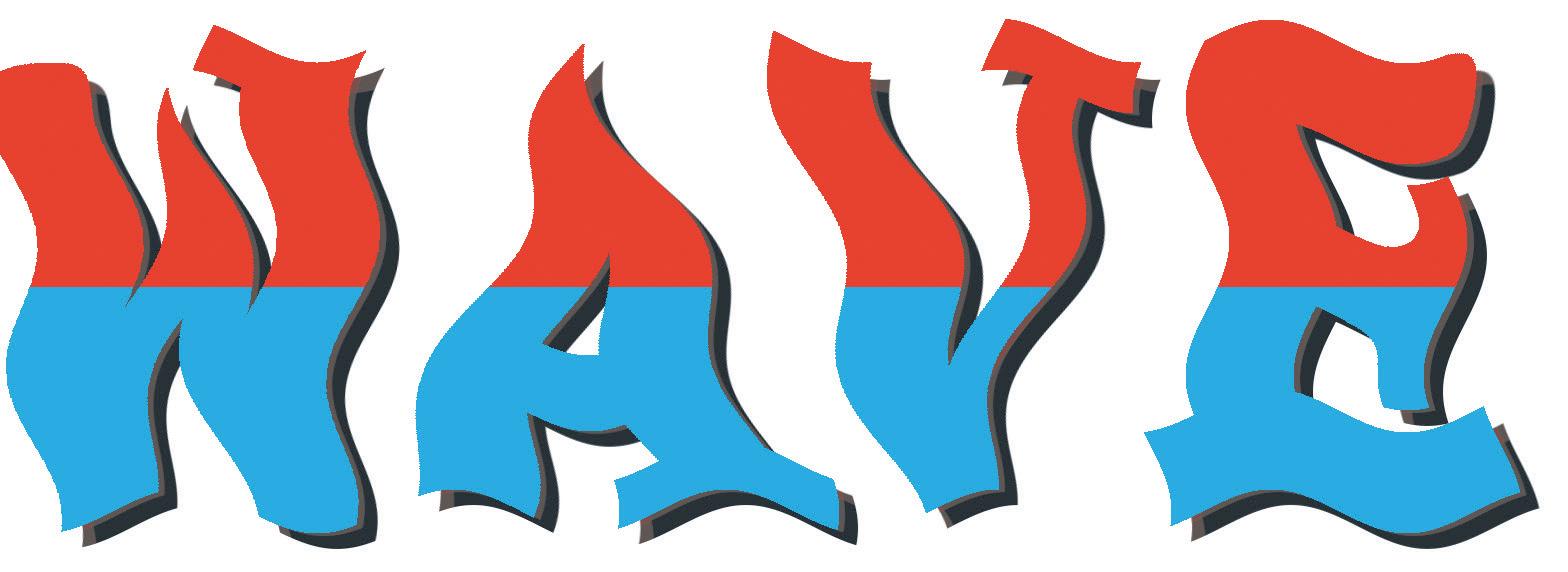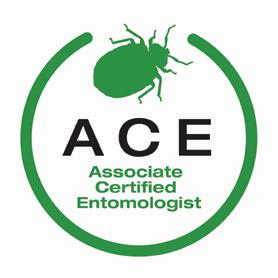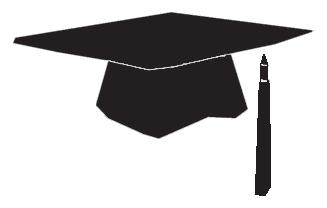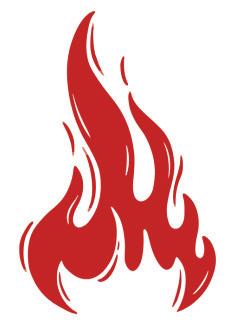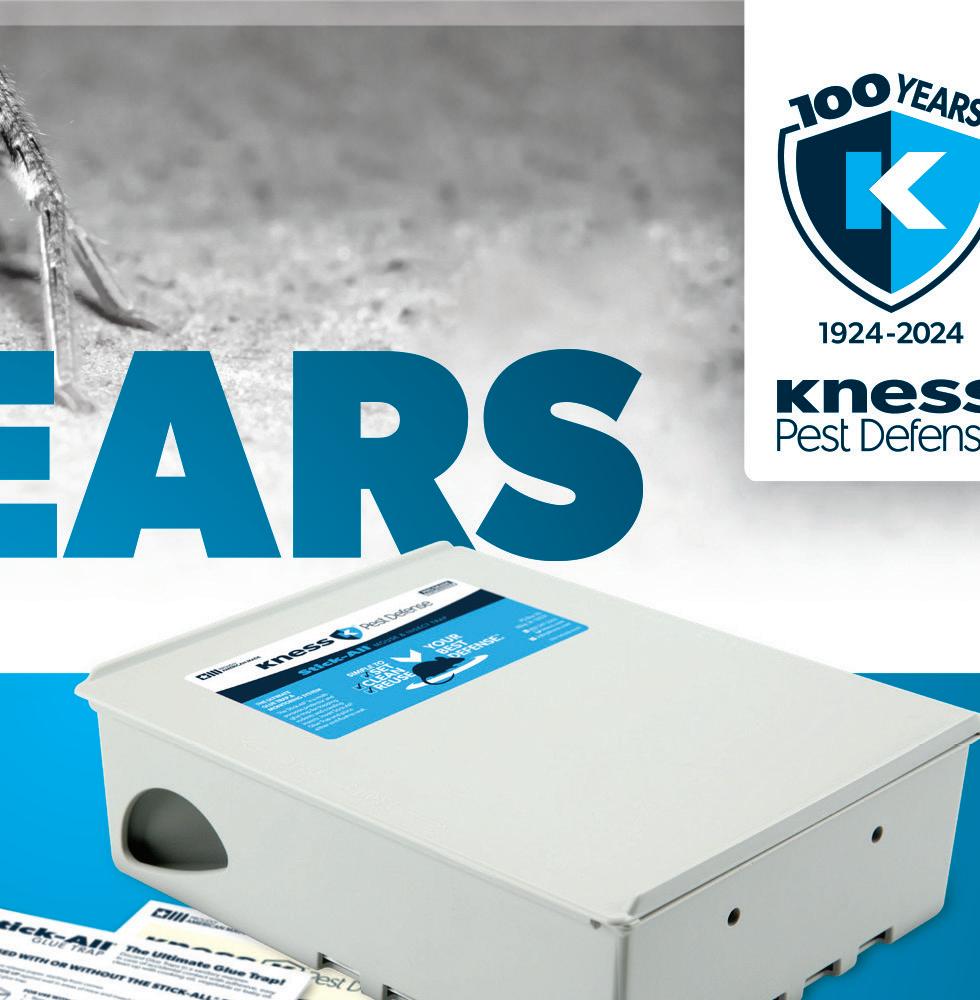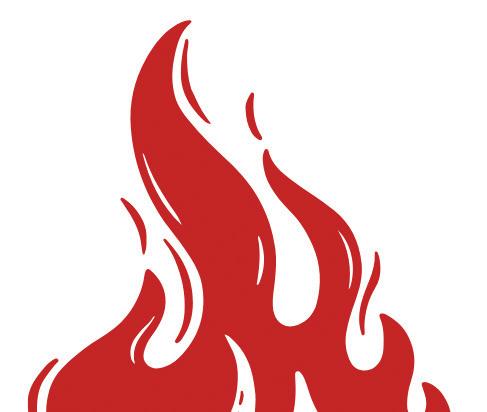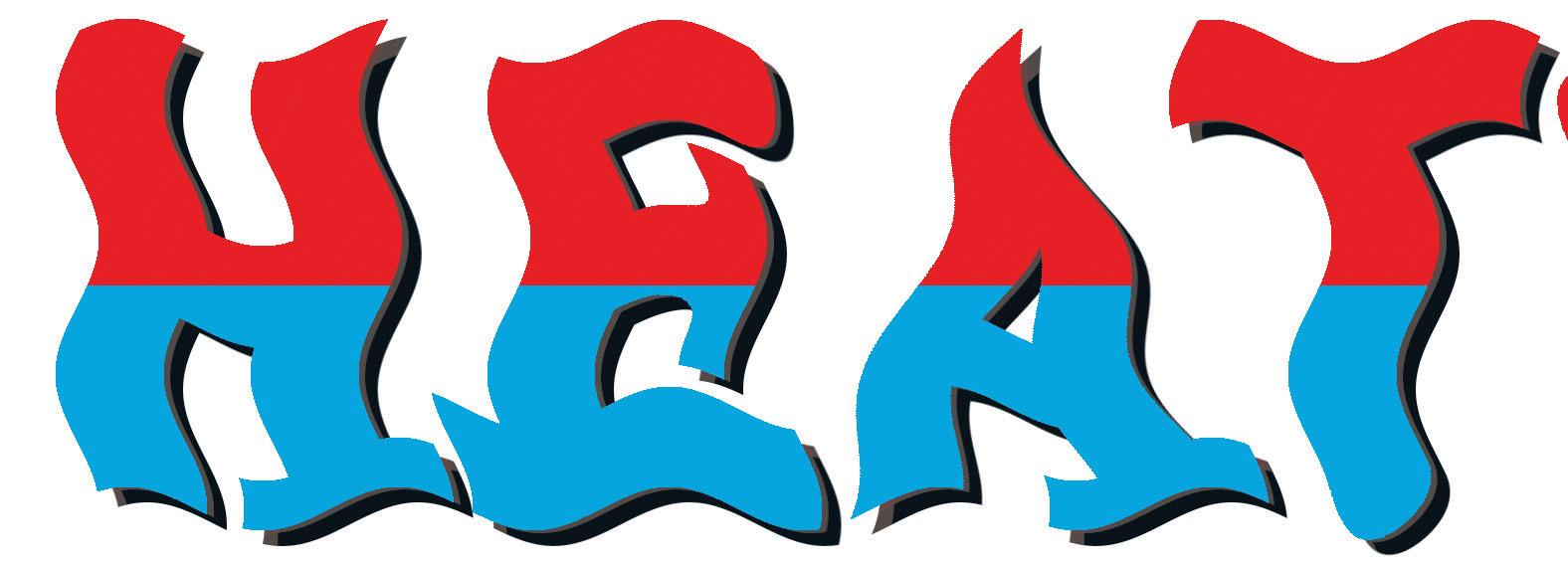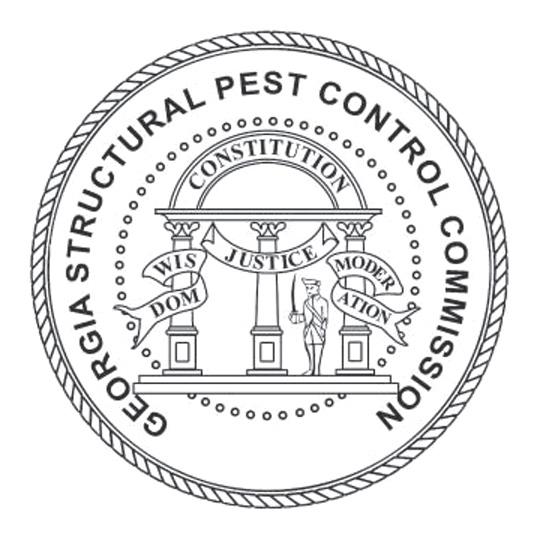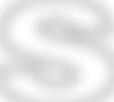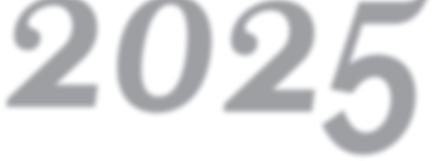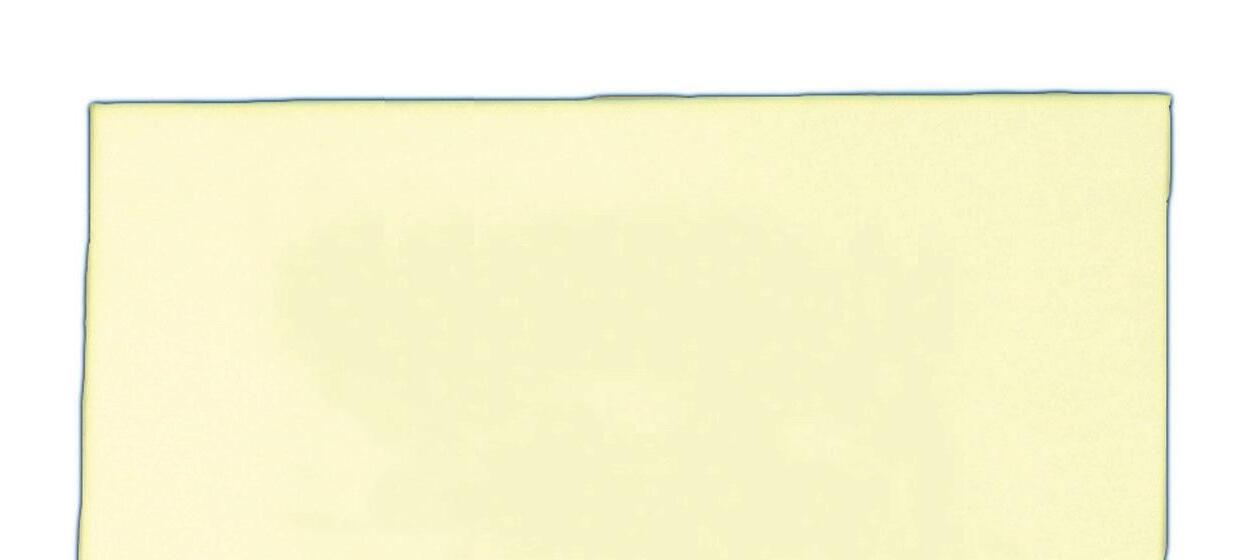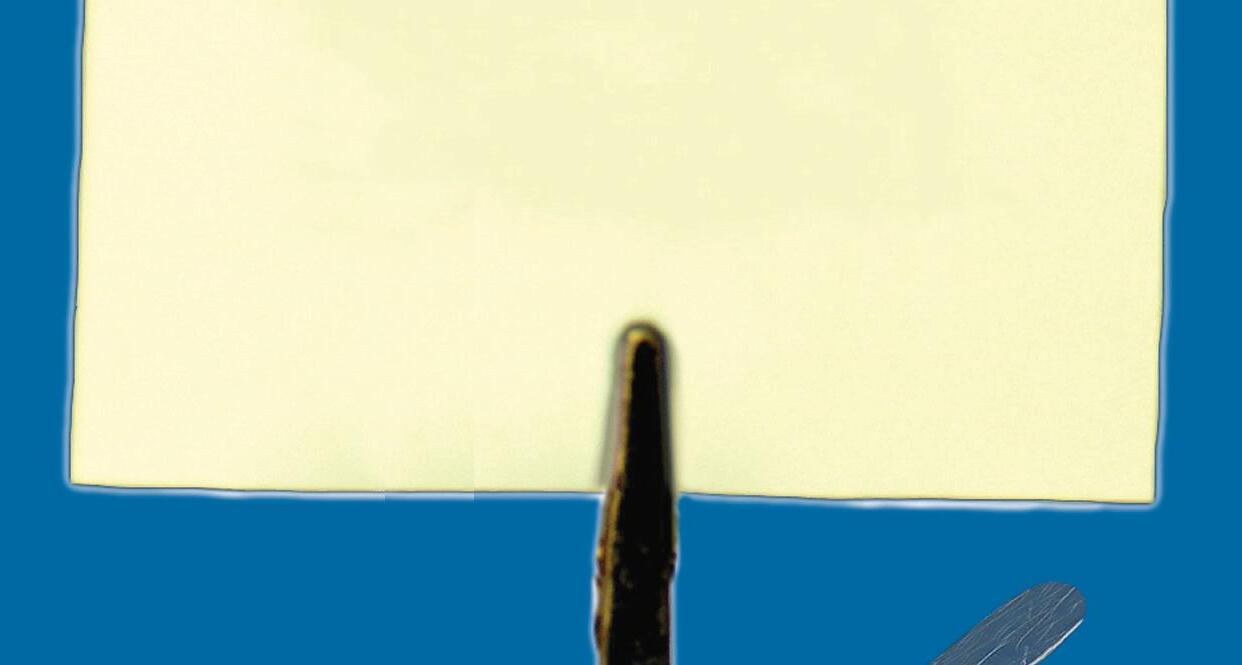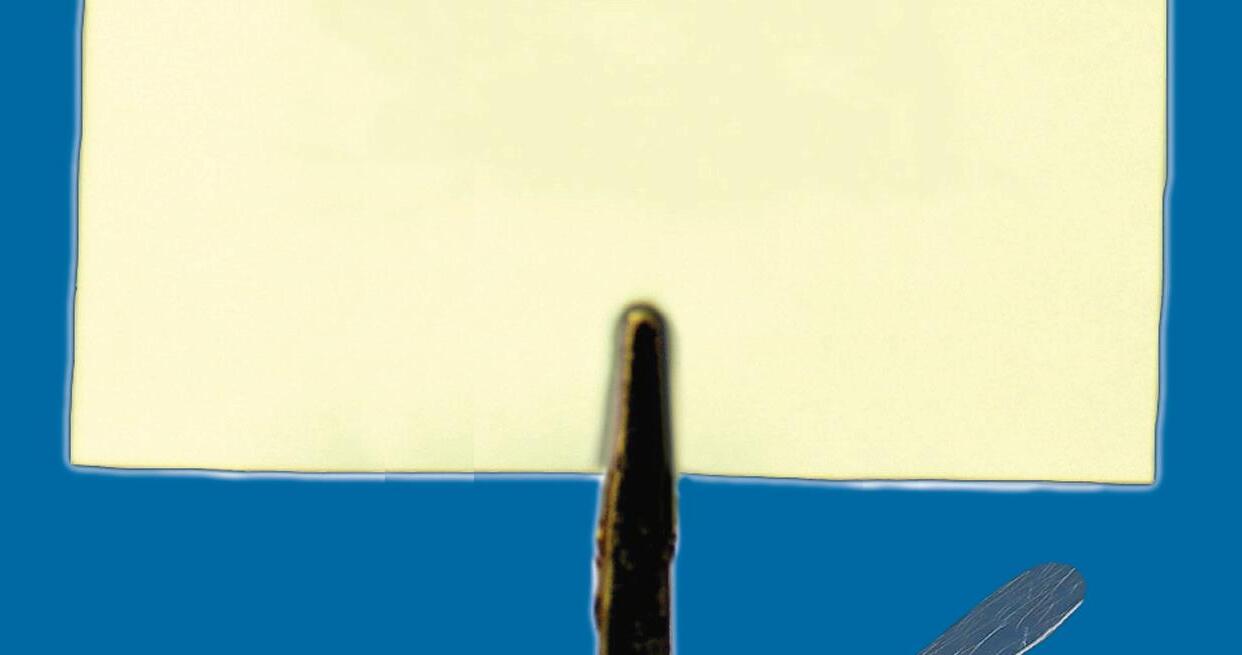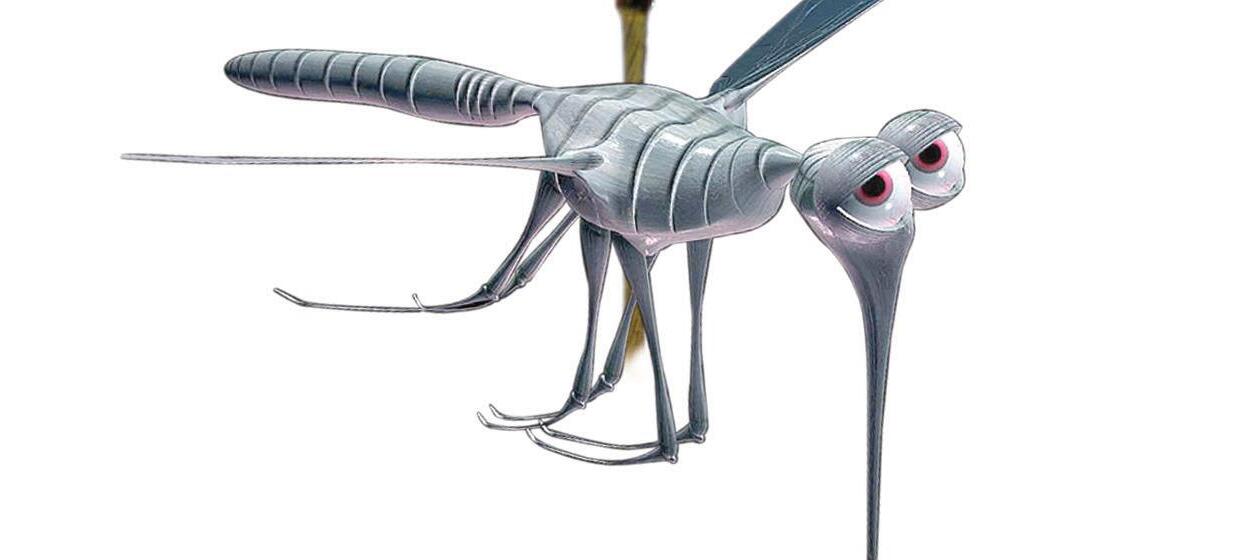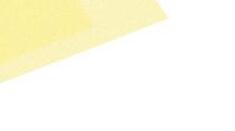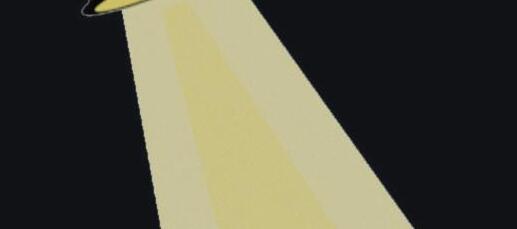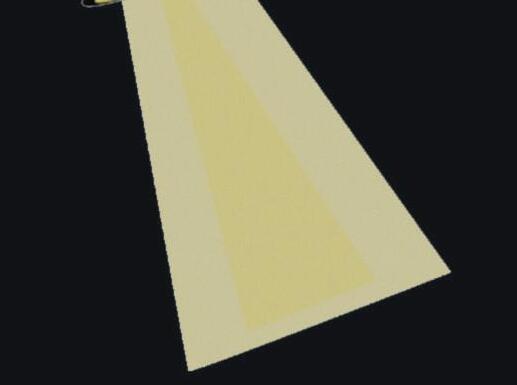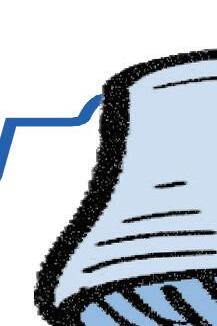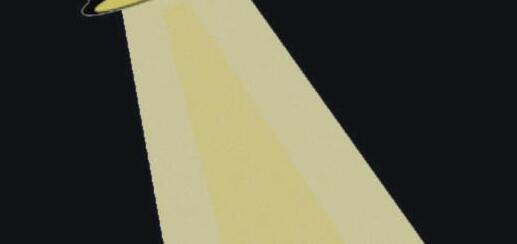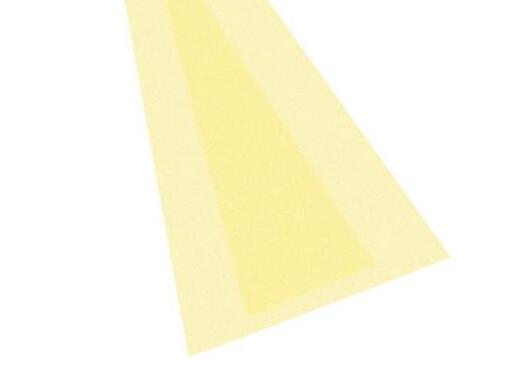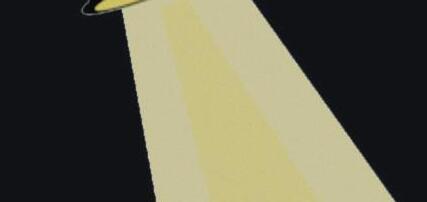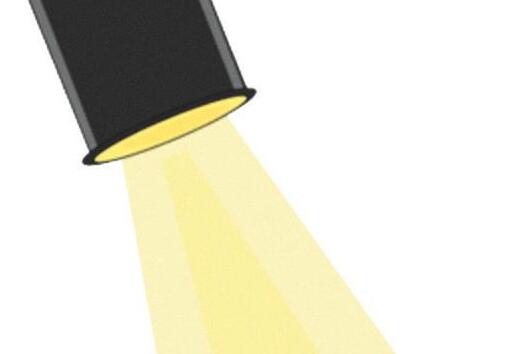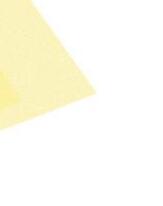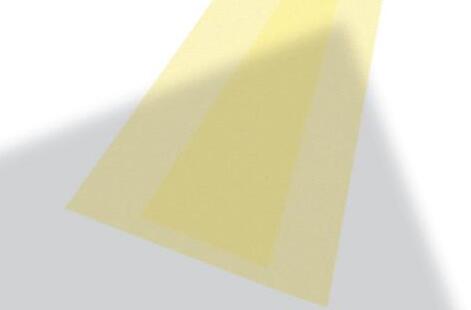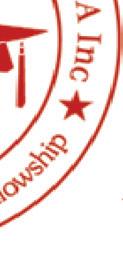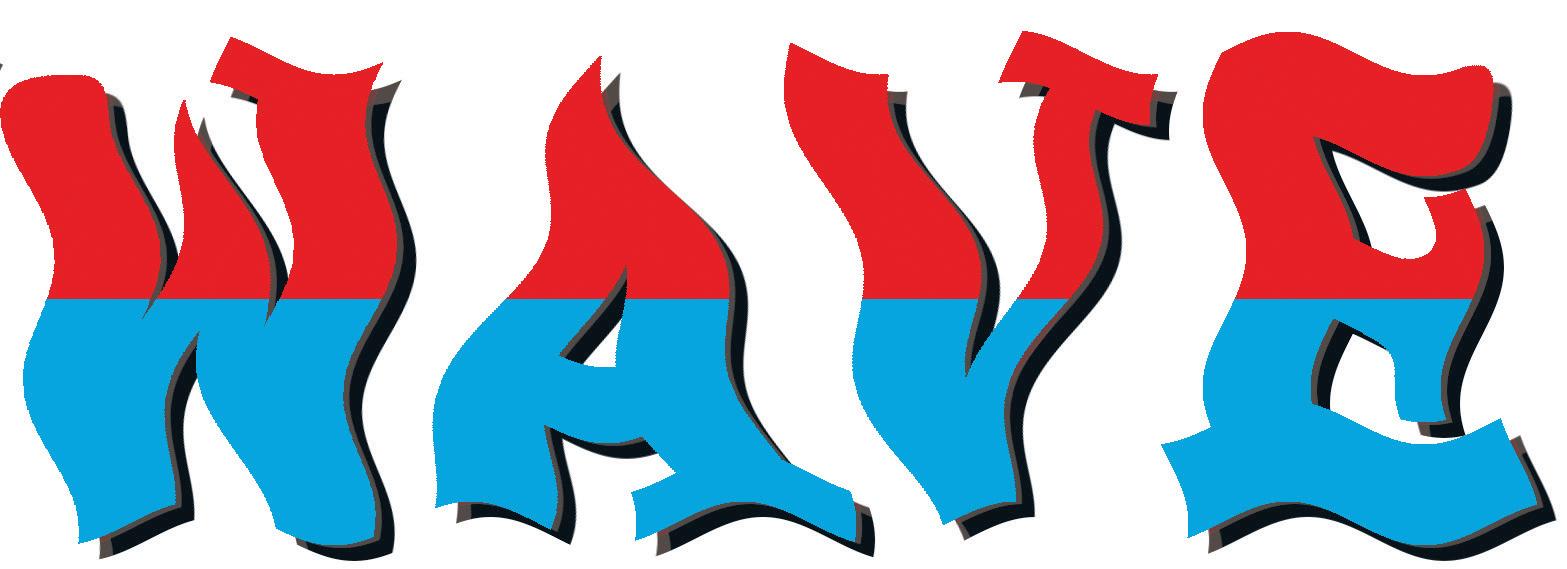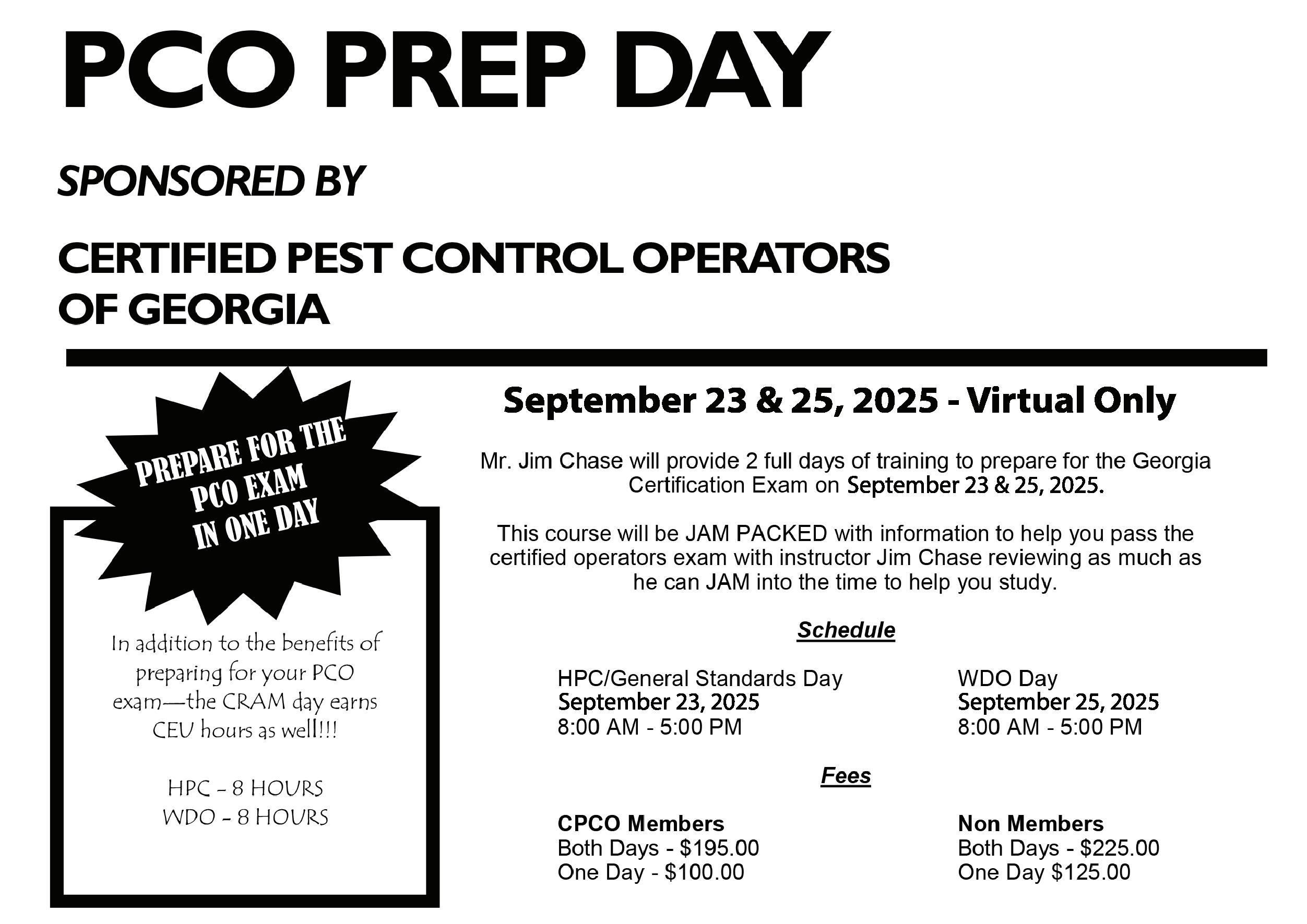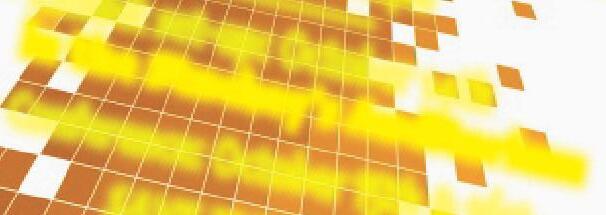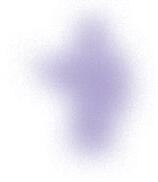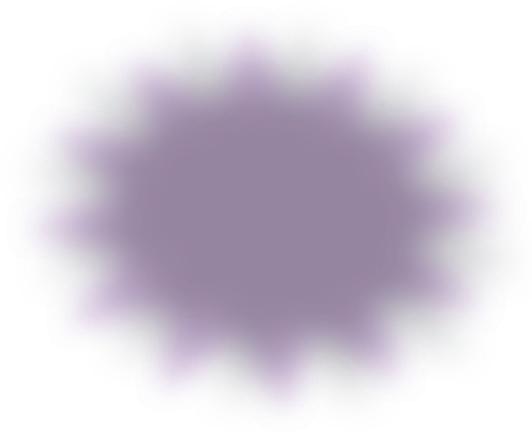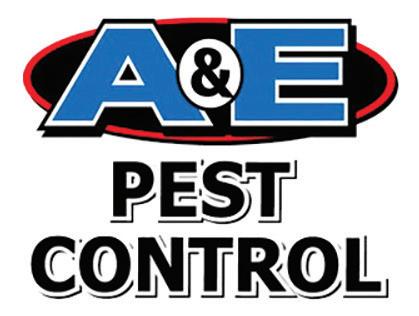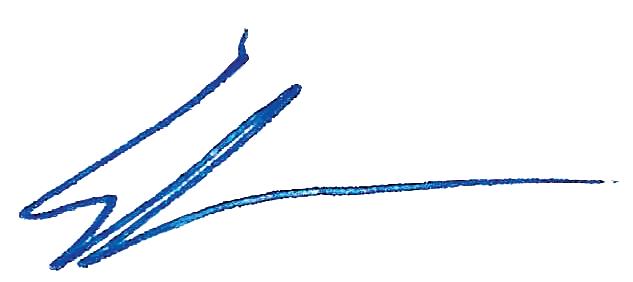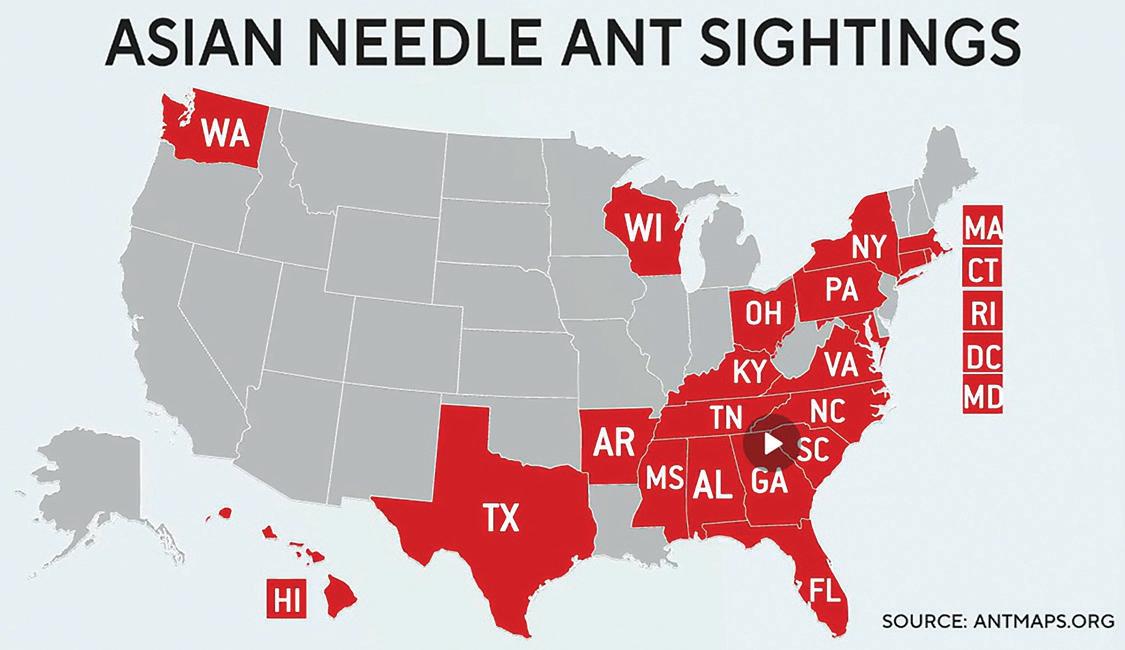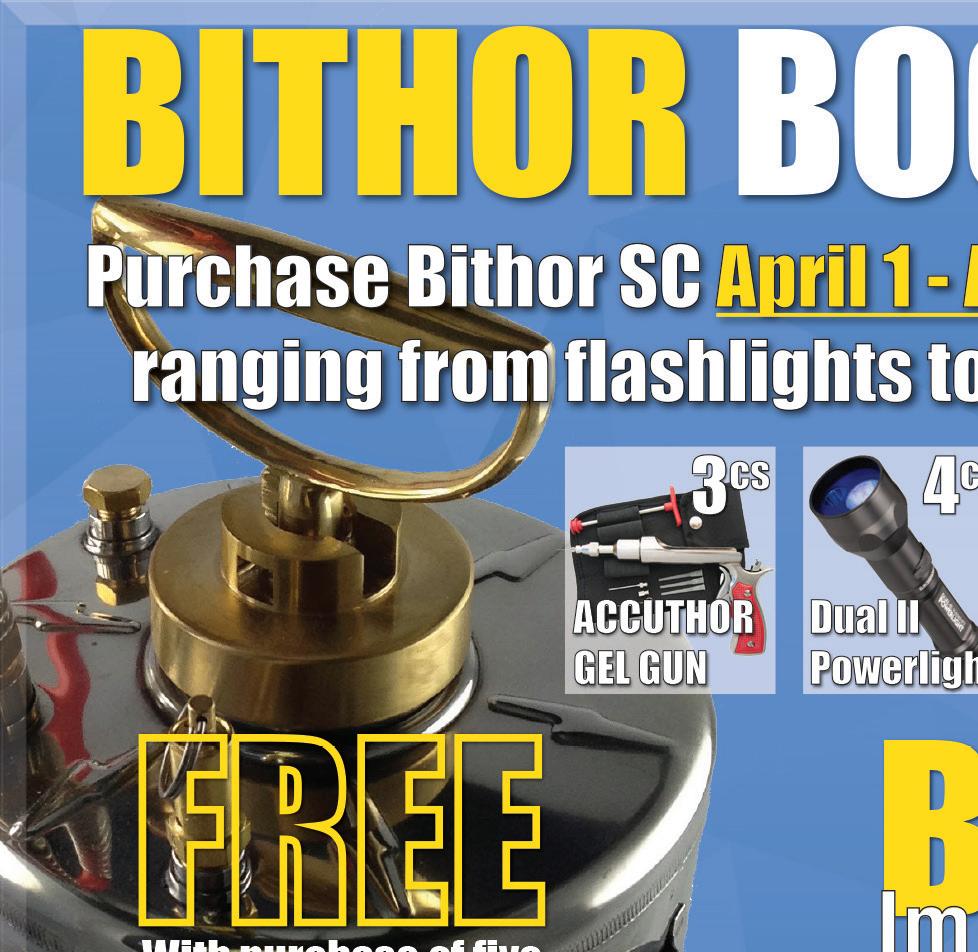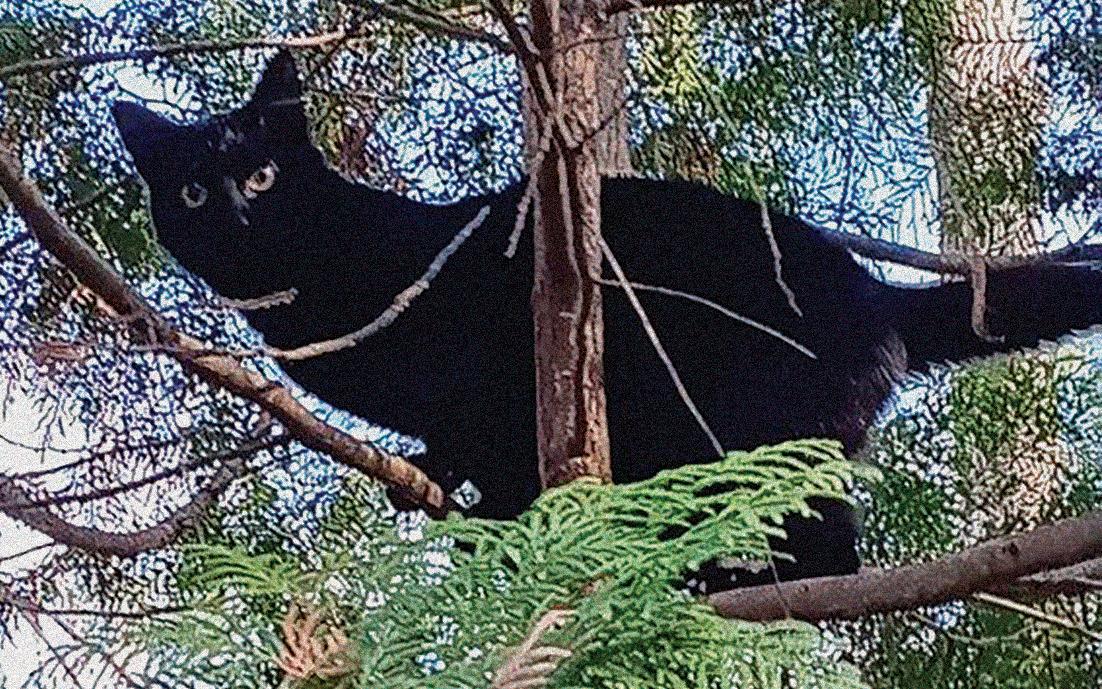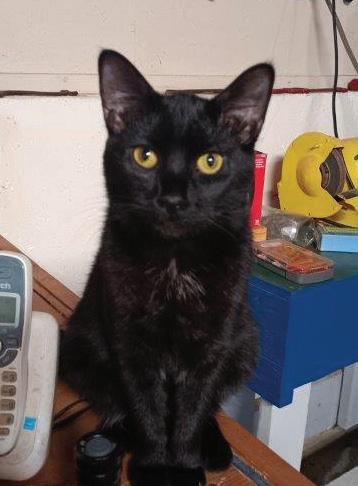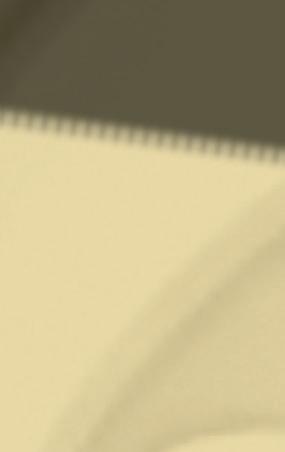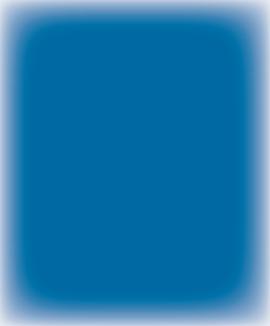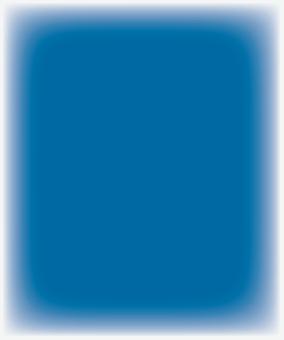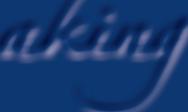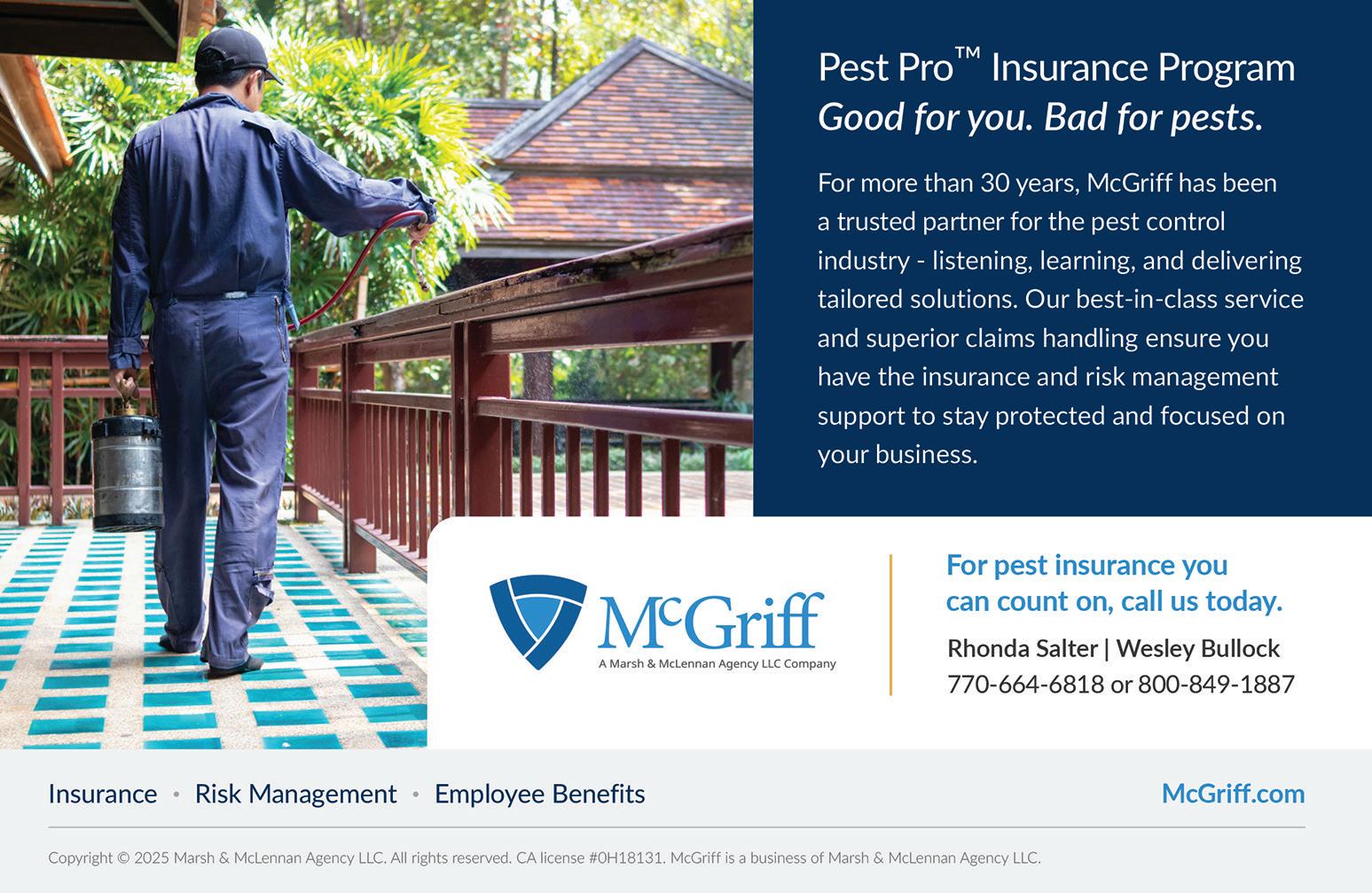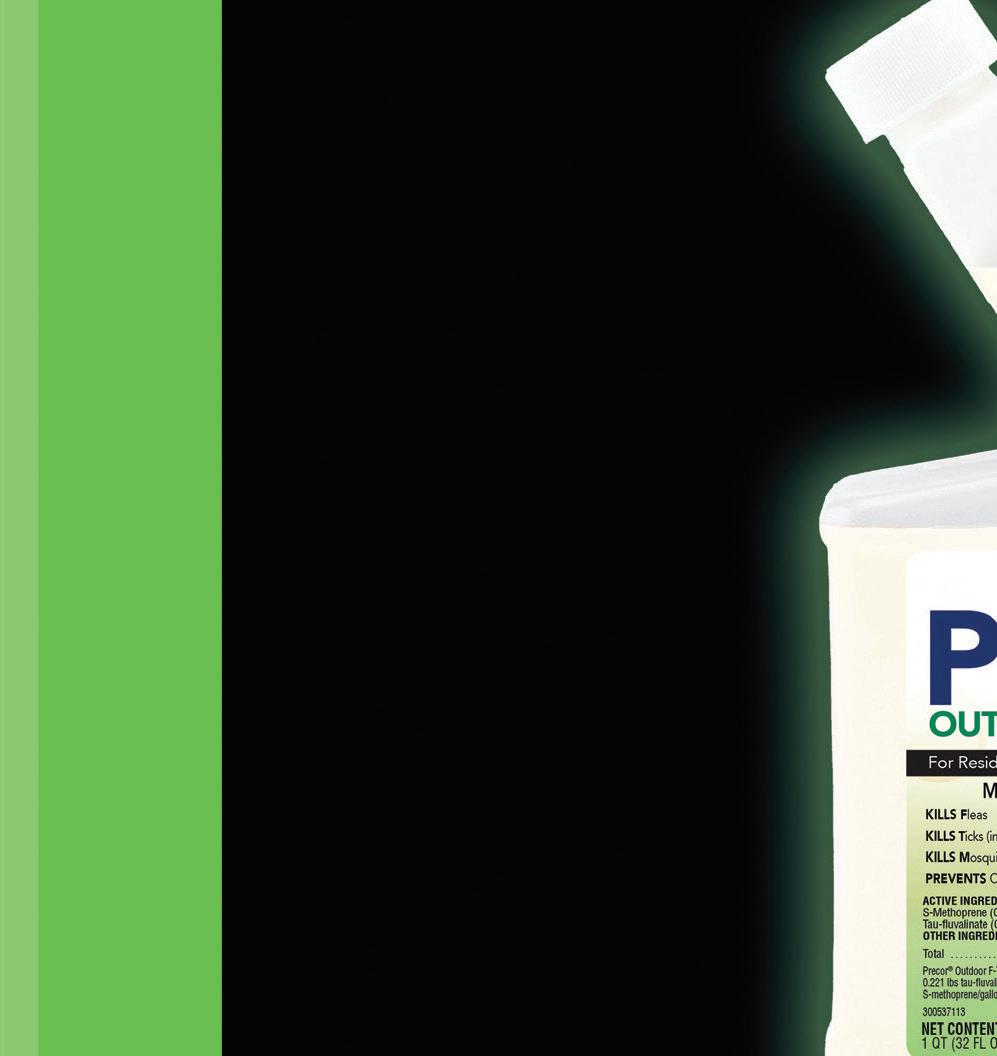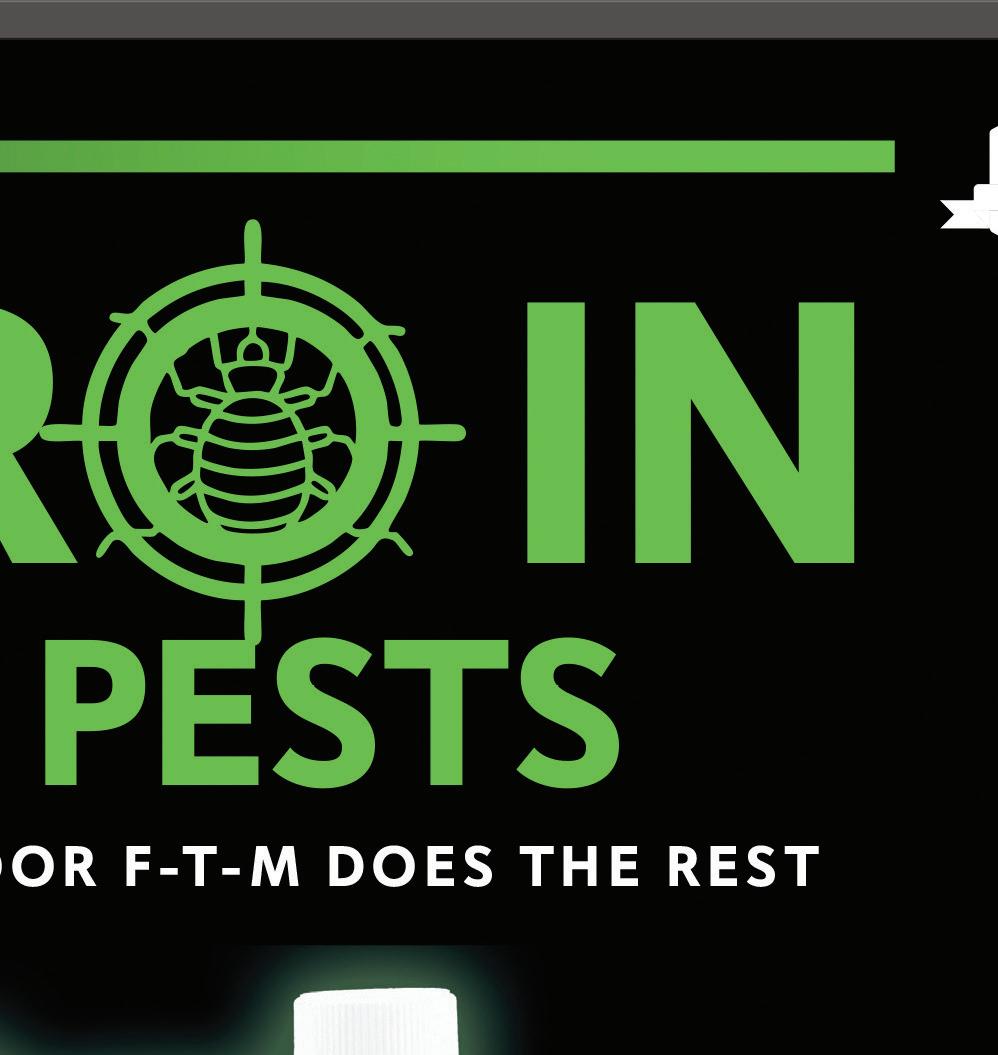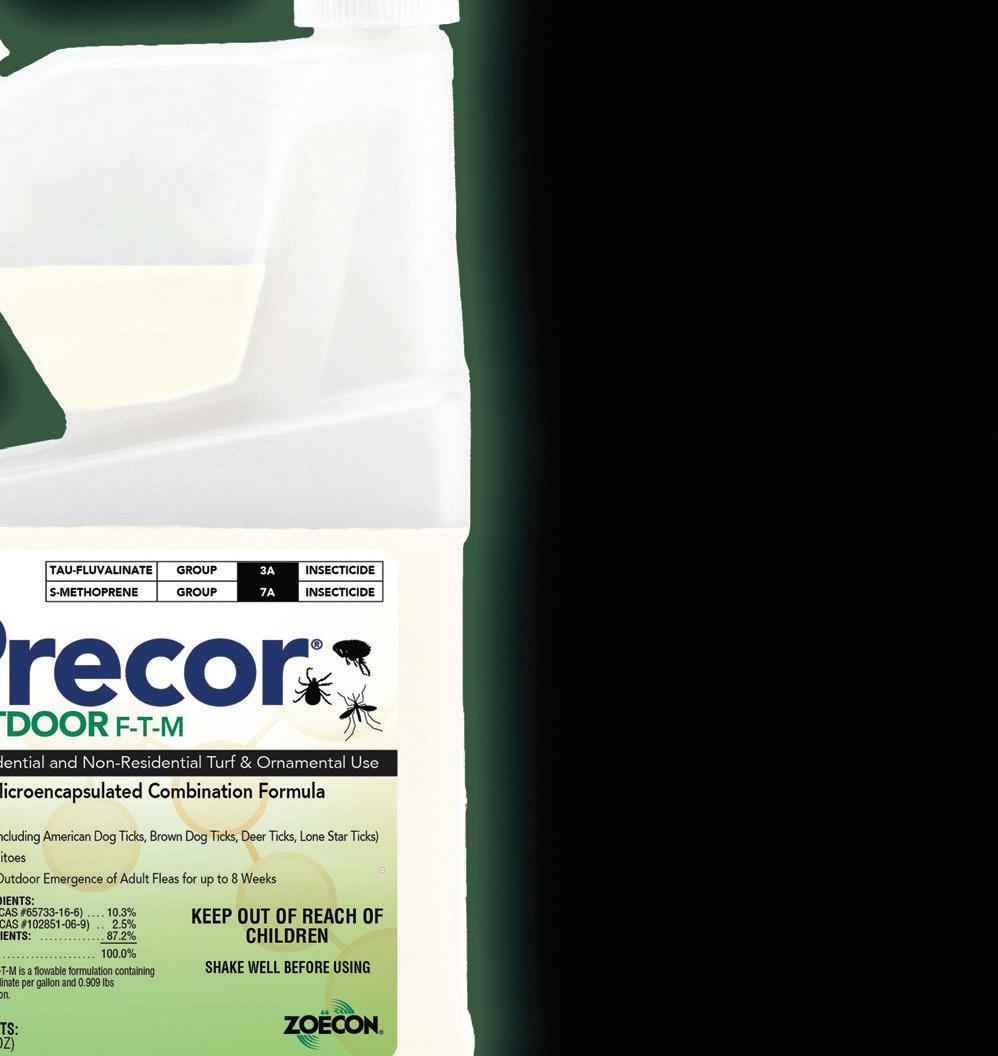Asian Needle Ant | AN INVASIVE STINGING ANT
Ants are among the most successful and widespread invasive species worldwide. One stinging invasive ant, the Asian needle ant (Brachyponera chinensis; fig. 1), is beginning to cause problems in North America after being relatively unnoticed for many years.
The Asian needle ant’s native range includes China, Japan, and the Koreas. By the time it was first discovered in the U.S. in 1932, it was already present in at least three Southeastern States (Smith 1934). Over the past few decades, it has been documented in several U.S. States and in the Mediterranean region (fig. 2) (Guénard and others 2017, Janicki and others 2016), and it is capable of invading much of North America’s temperate forests (Bertelsmeier and others 2013). Unlike many invasive species that tend to colonize areas in the wake of natural or human disturbance, Asian needle ants are capable of invading undisturbed forest areas where they nest under and within logs and other debris, under stones, and in leaf litter (fig. 3). They can also occur near homes and businesses under mulch, pavers, landscape timbers, and other objects.
The Federal Register defines invasive species as those that are nonnative (or alien) to the ecosystem under consideration and whose introduction causes, or is likely to cause, economic or environmental harm or harm to human health (EO 1999).
Identification
Asian needle ant workers are small, shiny, dark brown to black, with the end of the antennae and the legs being a lighter orange-brown. Workers are about 0.2 inches in length. There are other ant species in the Eastern United States that superficially resemble Asian needle ants, so it takes an experienced eye to positively identify them.
Environmental Impacts
Only within the last 20 years have researchers begun to understand the potential long-term impacts of Asian needle ant invasion. Native ant abundance and diversity are reduced in areas where Asian needle ant is established (Guénard and Dunn 2010; Suehiro and others 2017; Vogt, unpublished data). Of great concern is the apparent ability of Asian needle ants to displace ant species that are critical seed dispersers. Many herbaceous plants’ seeds have a nutritious structure attached called an eliasome, which attracts certain ants (fig. 4). These ant species, many in the genus Aphaenogaster in the U.S. East, carry the seeds away from the mother plant, ensuring proper dispersal of the plant species. Researchers have demonstrated substantial decreases in seed dispersal where Asian needle ants have invaded forest areas (Rodriguez-Cabal and others 2012, Warren and others 2015). Thus, this invasive species could have dramatic, long-term negative effects on forest understory. 1 Asian needle ants are native to Asia but widely established in the Eastern United States
These ants decrease populations of native ants that are important for seed dispersal
2—Current distribution of Asian needle ant (Brachyponera chinensis). Red indicates nonnative populations, green indicates native populations, pink indicates indoor introductions. Sources: Guenard and others (2017) and Janicki and others (2016); mapping application available at https://antmaps.org/
Their stings may result in a life-threatening allergic reaction called anaphylaxis
Figure 3 —Asian needle ant workers and brood (immature stages) under a rotting log. (Photo by J.T. Vogt, USDA Forest Service)
Figure
Figure 1 —Asian needle ant (Brachyponera chinensis) worker. (Photo by Chris Hartley, Missouri Botanical Garden; inset courtesy of Joe MacGown, Mississippi Entomological museum; bar is 1 mm for scale)
Lateral view of an alate queen (Photo by Joe A. MacGown)
of anaphylaxis
SYMPTOMS
n Skin reactions, including hives, itching, and flushed or pale skin
n Low blood pressure (hypotension)
n Constriction of the airway, wheezing, difficulty breathing
n Swollen tongue or throat
n Weak and rapid pulse
n Nausea, vomiting, or diarrhea
n Dizziness or fainting
n Psychological symptoms, such as a feeling of impending doom
Human Impacts
Perhaps the most troubling characteristic of Asian needle ants is their sting. While they are not terribly aggressive, like the more familiar red imported fire ants, their stings are painful, often affecting different people in different ways. In fact, the sting can result in life-threatening anaphylaxis, an acute allergic response (see list of symptoms above) (Cho and others 2002, Fukuzawa and others 2002, Leath and others 2006, Nelder and others 2006). Stings are often reported to result in intense pain at the site of the sting that comes and goes over the course of several hours. Some people experience pain away from the sting site. Redness of the skin and mild to severe urticaria (hives) are reported as symptoms. In a study in the native range of the Asian needle ant, 2.1 percent of people stung exhibited anaphylaxis (Cho and others 2002). While anaphylaxis has been reported in the United States (Nelder and others 2006), the percentage of people who have developed hypersensitivity (increased allergic response that can lead to anaphylaxis) to Asian needle ant stings is unknown. People who are hypersensitive to other stinging insects may be at increased risk of anaphylaxis from Asian needle ant stings (Cho and others 2002, Kim and others 2001).

Implications
While some control measures have shown to be effective against Asian needle ants, treating remote or forested areas seems unlikely due to the costs involved and the chance of negatively affecting other, desirable species. Individuals should be aware of this emerging pest and try to avoid it. Everyone should be familiar with anaphylaxis and seek help immediately if they or someone close by experiences the commonly reported symptoms (see list above). Some people, especially those who are aware of hypersensitivity to stings or other allergens, choose to carry an epinephrine auto-injection device. Take special care in areas with debris on the ground (e.g., logs, rotting wood, leaf litter) or rocks under which ants can nest. Researchers are continuing to assess the impacts of this invasive ant on people and the environment, as well as effective means of controlling it where there is a high likelihood of human encounters. Unfortunately, as with many invasive species, it appears Asian needle ants are here to stay.
USDA is an equal opportunity provider, employer, and lender.
If you suspect you are having a systemic allergic reaction (anaphylaxis) from an Asian needle ant sting, seek immediate medical attention as it could be life-threatening.
Bertelsmeier, C.; Guénard, B., Courchamp, F. 2013. Climate change may boost the invasion of the Asian needle ant. PLoS ONE. 8: e75438.
Cho, Y.S.; Lee, Y.M.; Lee, C.K. [and others]. 2002. Prevalence of venom allergy in an ant-infested area in Korea. Journal of Allergy and Clinical Immunology. 110: 54-57.
Executive Office of the President (EO). 1999. E.O. 13112 of Feb 3, 1999. Federal Register. 64 FR 6183: 6183-6186.
Fukuzawa, M.; Arakura, F; Yamazaki, Y. [and others]. 2002. Urticaria and Brachyponera chinensis https://doi.org/10.1080/000155502753600939
Guénard, B.; Dunn, R.R. 2010. A new (old), invasive ant in the hardwood forests of eastern North America and its potentially widespread impacts. PLoS ONE. 5: e11614. https://doi.org/10.1371/journal.pone.0011614
Guénard, B.; Weiser, M.; Gomez, K. [and others]. 2017. The Global Ant Biodiversity Informatics (GABI) database: a synthesis of ant species geographic distributions. Myrmecological News. 24: 83-89.
R.J.; McMillan, A.; King, J.R.
replaces https://doi.org/10.1007/s10530-015-0942-z
Rodriguez-Cabal, M.A.; Stuble, K.L.; Guenard, B. [and others]. 2012. Disruption
Smith, M.R. 1934. Ponerine ants of the genus
Suehiro, W.; Hyodo, F.; Tanaka, H.O. [and others]. 2017. Radiocarbon analysis
Warren,
[and others]. 2015. Forest invader
Figure 4 Aphaenogaster worker ants (shown here) are important seed dispersers. Asian needle ants decrease populations of Aphaenogaster, thus interfering in this natural and essential seed dispersal process. (Photo used with permission under commercial license ©Alexander Wild, all rights reserved)
hole. Active infestations are characterized by frass streaming from or accumulating around the exit hole on the wood’s surface. Adult powderpost beetles are rarely seen. Exit holes with no frass present is evidence of a prior infestation, but not necessarily one that is still active.
16 Insect and Arthropod Pests of Southeastern Neighborhoods: A Guide to Identification and Management
Anobiid powderpost beetles (Ptinidae): The broad-diet anobiid powderpost beetle, Eurvrilletta peltata, is about 1/4 in., and reddish brown to dark brown. Body is cylindrical, elongated, covered by fine, gold-colored hair, with long, serrated antennae. Their elytra is lined with rows of tiny pits. Head is covered by the hood-like pronotum (upper thorax) when viewed from above. Adults, however, are rarely seen. Active infestations in crawslpaces usually are diagnosed by the presence of joists with frass streaming from beetle exit holes. Live adults most commonly are found on crawlspace joists in June in Georgia during their annual 3- to 6-week period of emergence. Other representatives of this group include the furniture beetle (Anobium punctatum), the deathwatch beetle (Xestobium rufovillosum), and the Eastern deathwatch beetle (Hemicoelus carinatus). Habits: The most common wood-eating beetle in crawlspace wood is the broad-diet


anobiid powderpost beetle. When adult beetles emerge from infested crawlspace joists (May and June in Georgia) they leave a 1/8 in. diameter round hole in wood with frass streaming from holes in crawlspace joists. Following emergence, beetles mate, females lay eggs (typically on the same board they emerged from), and then die within weeks. Eggs hatch and the larvae bore into the wood where they consume it until their emergence 1–3 years later, at which time the cycle repeats. Most commonly infests wood with a high moisture content—typically crawlspaces with no vapor barrier and/or poor ventilation. Also found in buildings that are only intermittently heated or occupied (hunting cabins, second homes, etc.), as moisture is allowed to build in the wood of these structures. Readily re-infests susceptible wood. Interventions: In crawlspaces infested by this beetle, apply products containing the active ingredient disodium octaborate tetrahydrate (DOT) to all exposed surfaces of unfinished wood in infested areas (where fresh frass is found). Improve overall crawlspace ventilation. Install a vapor barrier if one is not present. Might be confused with: wood borers, ambrosia beetles, drugstore beetles.


True powderpost beetles (Bostrichidae: Lyctinae: principally Lyctus spp.): Adult beetles are 1/8 to 3/16 in., cigar shaped, brown to black, with 11-segmented antennae where the last two segments are enlarged and form a club. infest hardwoods only; they will also infest bamboo. Most commonly reported from hardwood floors less than 5 years old, but can be found emerging from any item made of hardwood. Wood is infested prior to its final use. For example, hardwood floors are infested prior to their installation in the home, and the adults emerge soon thereafter, typically within a year or two of introduction into the home. The best evidence of an active infestation is round holes in wood (1/16 in. diameter) surrounded by frass (or streaming from the hole) the consistency of baby powder and a beetle identified by an entomologist. Can re-infest susceptible hardwoods, and do considerable damage, if conditions are favorable (successful mating and the availability of an unfinished hardwood surface). They fir, so will not spread from infested items to become a structural pest. Replacement of infested wood (for example, individual planks in a hardwood floor) is Might be confused with: sawtoothed grain beetles, flour beetles, other





False powderpost beetles (Bostrichidae excluding Lyctinae: many species): The most commonly encountered false powderpost beetles are 1/8 to 3/8 in., elongate and cylindrical, stout, and black to reddish brown. The head is not visible from above, but is hidden from view by a large, hood-like pronotum (upper thorax) with stout, cuticular spines along the rounded front edge. False powderpost beetles have short, serrated antennae with the terminal three to four segments enlarged (club-like). Elytra often end in distinct spines. Exit holes range in size, depending on beetle species; the size overlaps with those made by both true powderpost beetles and anobiid powderpost beetles, but larger false False powderpost beetles are less economically important than either true powderpost beetles or anobiid powderpost beetles. They can infest rough cut lumber where strips of bark have been left intact. In contrast, adult female false powderpost beetles burrow into the wood where they deposit their eggs. True powderpost beetles and anobiid powderpost beetles lay eggs on the outer surface of the wood. False powderpost beetles attack both hardwoods (preferred) and softwoods that have a high moisture content (i.e., newly cut wood). They also may infest pithy plants used in dried floral arrangements, such as grapevine wreaths, and attack wicker. They can re-infest, but
Visual evidence (frass streaming from exit holes) of an active anobiid powderpost beetle infestation in a crawlspace joist
Frass from a true powderpost beetle emerging from hardwood flooring
Anobiid powderpost beetle exit holes in an infested crawlspace joist
Neighborhoods: A Guide to Identification and Management






anobiid powderpost beetle. When adult beetles emerge from infested crawlspace joists (May and June in Georgia) they leave a 1/8 in. diameter round hole in wood with frass streaming from holes in crawlspace joists. Following emergence, beetles mate, females lay eggs (typically on the same board they emerged from), and then die within weeks. Eggs hatch and the larvae bore into the wood where they consume it until their emergence 1–3 years later, at which time the cycle repeats. Most commonly infests wood with a high moisture content—typically crawlspaces with no vapor barrier and/or poor ventilation. Also found in buildings that are only intermittently heated or occupied (hunting cabins, second homes, etc.), as moisture is allowed to build in the wood of these structures. Readily re-infests susceptible wood. Interventions: In crawlspaces infested by this beetle, apply products containing the active ingredient disodium octaborate tetrahydrate (DOT) to all exposed surfaces of unfinished wood in infested areas (where fresh frass is found). Improve overall crawlspace ventilation. Install a vapor barrier if one is not present. Might be confused with: wood borers, ambrosia beetles, drugstore beetles.
True powderpost beetles (Bostrichidae: Lyctinae: principally Lyctus spp.): Adult beetles are 1/8 to 3/16 in., cigar shaped, brown to black, with 11-segmented antennae where the last two segments are enlarged and form a club. Habits: True powderpost beetles infest hardwoods only; they will also infest bamboo. Most commonly reported from hardwood floors less than 5 years old, but can be found emerging from any item made of hardwood. Wood is infested prior to its final use. For example, hardwood floors are infested prior to their installation in the home, and the adults emerge soon thereafter, typically within a year or two of introduction into the home. The best evidence of an active infestation is round holes in wood (1/16 in. diameter) surrounded by frass (or streaming from the hole) the consistency of baby powder and a beetle identified by an entomologist. Can re-infest susceptible hardwoods, and do considerable damage, if conditions are favorable (successful mating and the availability of an unfinished hardwood surface). They do not infest structural wood (softwoods), such as pine or fir, so will not spread from infested items to become a structural pest. Interventions: Replacement of infested wood (for example, individual planks in a hardwood floor) is the best option. Might be confused with: sawtoothed grain beetles, flour beetles, other small beetles.
False powderpost beetles (Bostrichidae excluding Lyctinae: many species): The most commonly encountered false powderpost beetles are 1/8 to 3/8 in., elongate and cylindrical, stout, and black to reddish brown. The head is not visible from above, but is hidden from view by a large, hood-like pronotum (upper thorax) with stout, cuticular spines along the rounded front edge. False powderpost beetles have short, serrated antennae with the terminal three to four segments enlarged (club-like). Elytra often end in distinct spines. Exit holes range in size, depending on beetle species; the size overlaps with those made by both true powderpost beetles and anobiid powderpost beetles, but larger false powderpost beetles can leave much larger holes. Habits: False powderpost beetles are less economically important than either true powderpost beetles or anobiid powderpost beetles. They can infest rough cut lumber where strips of bark have been left intact. In contrast, adult female false powderpost beetles burrow into the wood where they deposit their eggs. True powderpost beetles and anobiid powderpost beetles lay eggs on the outer


True powderpost beetle
True powderpost beetle frass and exit hole in an oak shelf
Frass from a true powderpost beetle emerging
Anobiid powderpost beetle exit holes in an infested crawlspace joist



False powderpost beetles (Bostrichidae excluding Lyctinae: many species): The most commonly encountered false powderpost beetles are 1/8 to 3/8 in., elongate and cylindrical, stout, and black to reddish brown. The head is not visible from above, but is hidden from view by a large, hood-like pronotum (upper thorax) with stout, cuticular spines along the rounded front edge. False powderpost beetles have short, serrated antennae with the terminal three to four segments enlarged (club-like). Elytra often end in distinct spines. Exit holes range in size, depending on beetle species; the size overlaps with those made by both true powderpost beetles and anobiid powderpost beetles, but larger false powderpost beetles can leave much larger holes. Habits: False powderpost beetles are less economically important than either true powderpost beetles or anobiid powderpost beetles. They can infest rough cut lumber where strips of bark have been left intact. In contrast, adult female false powderpost beetles burrow into the wood where they deposit their eggs. True powderpost beetles and anobiid powderpost beetles lay eggs on the outer surface of the wood. False powderpost beetles attack both hardwoods (preferred) and softwoods that have a high moisture content (i.e., newly cut wood). They also may infest pithy plants used in dried floral arrangements, such as grapevine wreaths, and attack wicker. They can re-infest, but not in wood that has seasoned and dried considerably (to less than 10% moisture) since the initial infestation. Re-infestation is uncommon because aged wood is considerably drier than newly cut wood. Interventions: Ensure that bark strips are removed from freshly cut wood. Apply products containing the active ingredient disodium octaborate tetrahydrate (DOT) to prevent re-infestation, fumigate, freeze, or remove the infested material. Might be confused with: anobiid and true powderpost beetles, ambrosia beetles.






False powderpost beetle
True powderpost beetle frass and exit hole in an oak shelf
Frass from a true powderpost beetle emerging from hardwood flooring
Drugstore beetles (Ptinidae: Stegobium paniceum): Small, 1/8 to 3/16 in., light brown beetle with antennae ending in three broadened segments. Head concealed by helmetlike pronotum (upper thorax) and elytra with longitudinal rows of pits. Habits: This somewhat common stored-product pest consumes items in the home of animal and plant origin (dried foods in the pantry, dog treats, etc.). Interventions: Find infested item(s) and discard. Clean up spilled food. Store potentially susceptible items in tightly sealed containers. Never treat human food sources with an insecticide. For more detailed information see University of Georgia Extension Bulletin 1378, Stored Product Pests in the Home, at https://extension.uga.edu/publications.html. Might be confused with: other beetle pests of stored products, anobiid powderpost beetles.
Carpet beetles (Dermestidae: Anthrenus spp.): Adults are 1/16 to 1/8 in., oval-shaped, and calico colored. Larvae are 1/8 in., hairy, oval-shaped, slow-moving, and cryptic (slow moving, small, and inconspicuous). Habits: Most homes are populated by a small number of carpet beetles, but because they are somewhat cryptic, they are rarely seen. Larvae feed on products in the home that are of animal origin (feathers, wool, fur, hair, silk, skins, dry animal food, etc.) but will also feed on dead insects (found on window sills, in wall voids, and in light fixtures). Carpet beetles do not consume modern clothing and carpets, as they are made from cotton or synthetic fibers. Adults feed on pollen outdoors. Interventions: Find infested article(s) and remove. Vacuum insects and discard bag, and especially watch for re-infestation. Wash, steam-clean, or dryclean all items of animal origin, especially wool. Have infested textiles professionally cleaned. If desired, apply a spot treatment with an appropriately labeled residual spray to the floor around the infested item(s). Might be confused with: warehouse beetles (Dermestidae: Trogoderma variabile), bed bugs.
Ground beetles (Carabidae: many species, especially Harpalus spp.): Numerous species, 1/4 to 1 in.. Common species are black—some shiny, some dull or flat black. One species, called the caterpillar hunter, is an iridescent green, 1 in. ground beetle. They have hardened elytra, often with visible, longitudinal furrows or pits. Many species have strongly serrated mandibles, indicative of a predatory insect. Habits: Fast-crawling, highly beneficial predators of other insects. Some species are attracted by insects that have been attracted to exterior lights. Harbor in log piles, leaf litter, and under flat items, such as boards, lying on the ground. Ground beetles are strongly attracted to lights. Interventions: Follow suggestions under section titled Proactive Pest Management. It is especially important to eliminate harborage, install doorsweeps, and alter lighting to make structure less attractive at night. Ground beetles are highly beneficial, predatory insects. Attempts should be made to conserve them. However, if desired apply a localized treatment with an appropriately labeled residual spray directly to beetles (spray only outdoors). Might be confused with: cockroaches, other similarly sized beetles.





Southeastern Neighborhoods: A Guide to Identification and Management

Multicolored Asian lady beetles (Coccinellidae: Harmonia axyridis): Also referred to as ladybugs or ladybird beetles. Oval-shaped, 1/4 in., black and white thorax with or without black spots on red or orange elytra. Common insect in gardens. Habits: Highly beneficial, predatory beetle as adults and larvae, mostly of aphids and scale insects. Become nuisance in the fall when they begin searching for overwintering sites inside homes and other structures. Interventions: Follow suggestions under section titled Proactive Pest Management. It is especially important to make sure all windows are screened, that doors remain closed, and doorsweeps are installed on all exterior doors. Before lady beetles begin to seek refuge indoors (fall), take action to (1) seal all cracks 1/8 in. wide or wider, and (2) spray around all potential entry points with an appropriately labeled residual product. Reapply insecticide treatments, per label specifications, through the end of November/early December. Interventions should be implemented early enough (mid-September) so that preventative measures are in place before the onset of lady beetle migration indoors. If lady beetles get inside, the best solution is to vacuum them. Insecticide treatments indoors are not recommended. If lady beetles die inside walls or in attics their carcasses accumulate and may attract other insects that eat them, especially carpet beetles. It is often best to seek help and
advice from a pest management professional experienced in lady beetle control. For more information see publication Multicolored Asian Lady Beetle, at https://ohioline.osu. edu/factsheet/ENT-44. Might be confused with: kudzu bugs, brown marmorated stink bugs, boxelder bugs.
Lesser mealworm beetles (Tenebrionidae: Alphitobius diaperinus): Also referred to as litter beetles or darkling beetles. Adults are small (1/4 in.), broadly oval, moderately convex, black or brownish-black shiny beetles with longitudinal grooves on the elytra. Antennae have increasingly larger segments; each antennal segment is round. Habits: Often associated with chicken litter. Adults are attracted to lights and are strong fliers that are able to fly long distances from site of origin. Found on products already damaged by molds. Interventions: For homes with constant pressure (such as homes near chicken production areas or near agricultural fields where chicken litter is spread), exclusion is generally best. Take action to seal all cracks 1/8 in. wide or wider. It is especially important to make sure that all windows are screened, that doors
Ground beetle
Carpet beetle larva and adult (inset)
Multicolored Asian lady beetle adult, larva (top) and pupa (bottom)
Drugstore beetles and antennae (inset)
